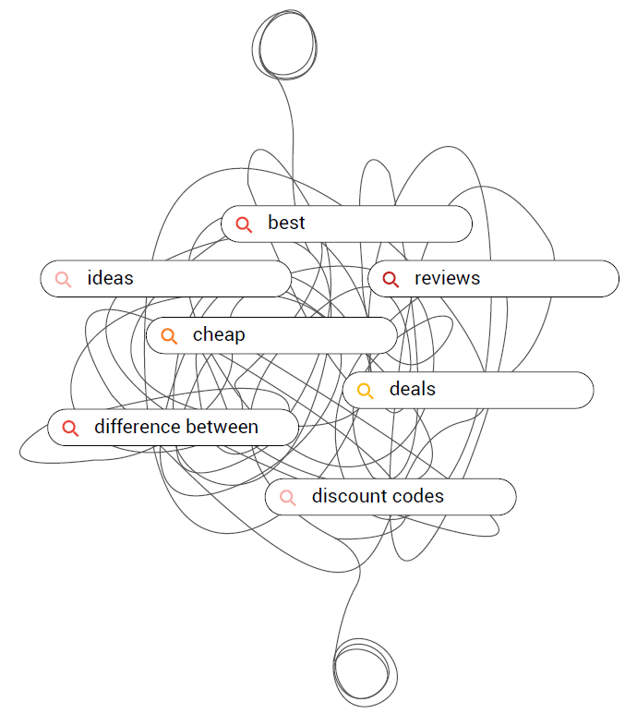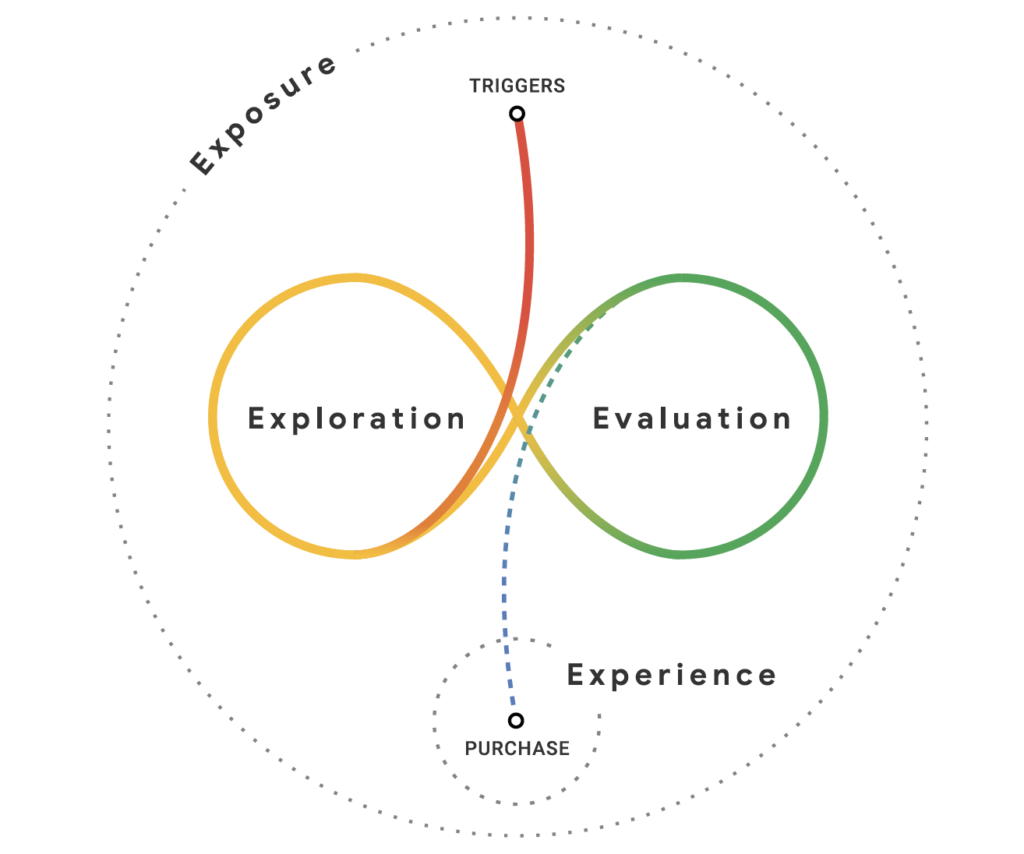Today we are going to approach the area, where all brands want to convert and identify the behavior of shoppers, we are going to talk about a new way of approaching the consumer path “the new messy model”.
After a restart of the post-pandemic world, directors and managers are in search of the perfect solution of their marketing and communication strategies. We already know, the consumer has changed his habits for the twentieth time, he has become more rational, with more tools for decision-making and now no longer from the comfortable living room of his home, but on the move and with a constant: to gain his attention.
This new scenario requires any player to understand more than ever the consumer and the different consumption habits of him, the digital, the physical and why not start talking about PHYGITAL. And that is where brands, marketing channels, industry and agencies play a very important role.
According to the retail trends, technology plays like the double agent of movies, it can be your ally or your detractor. And for that, along with the consumer path, very radical approaches are being taken. Thus, Scott Belsky, current CMO of Adobe, tells us about “The Messy Middle” a place where the consumer is approached by countless messages, at the same time, almost contaminating their senses, smell, taste, visual, the auditory and now we add the digital.

According to the infinity graph, we can see that a person takes many paths before deciding to buy a product. And now, the most important thing is to provide contact options throughout the decision making process, since the consumer will do it alone. So the importance of organic content comes into play, but much more so the contact -economy of attention- and the strengthening in the last mile of decision -economy of experience- in order to achieve what we all yearn for, a conversion, a purchase, whether physical or digital.
We are facing a wide range of possibilities where one of many scenarios may be that our customer will operate in mobile channels, to search in a shopping mall, some will seek the physical experience to try the product, make some comparisons between retailers, then buy it through geofencing while enjoying a coffee in the food court and end up withdrawing it from the store without the need to engage in contact with sellers or administrative, only pickup.

Not surprisingly, we are finding that many of the retailers such as Walmart, are playing a great role throughout Latin America, with self-checkout stores, app, web and obviously their physical channel, all to provide the consumer with the experience they choose to have. Another great example is Grupo Éxito in Colombia, where in addition to having technology, it offers experiences that range from technological issues with payment of facial recognition to virtual advisors and their robot.
Now, more than ever, brands must rely on more comprehensive strategies with a vision that supports “unified commerce” in order to keep pace with the evolution of consumer habits, using the full force of market intelligence to predict with dating the steps to follow in your marketing and sales strategies.





